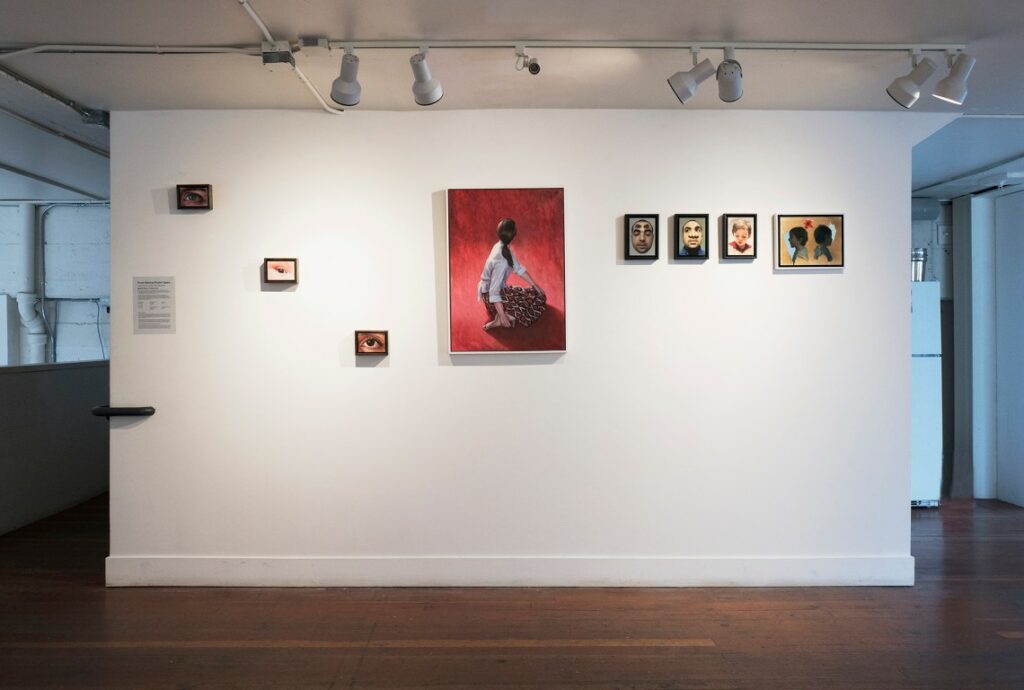
Ignacio Rojas’ work is inspired by a deep engagement with the notion of identity; how it is constructed, as well as its many layers. For A Song of Us, Rojas has selected an intimate grouping of paintings that depict himself, his wife and their young son. These personal portraits serve as a visual diary and depiction of single individuals, who simultaneously function as a collective unit.
Exhibitions Fellow, Samantha Reynolds spoke with Rojas about his unique experience of movement between continents and his acceptance of identity, specifically in relationship to place, as an entity that is in a state of flux; and consequently, how this belief is reflected within his paintings.
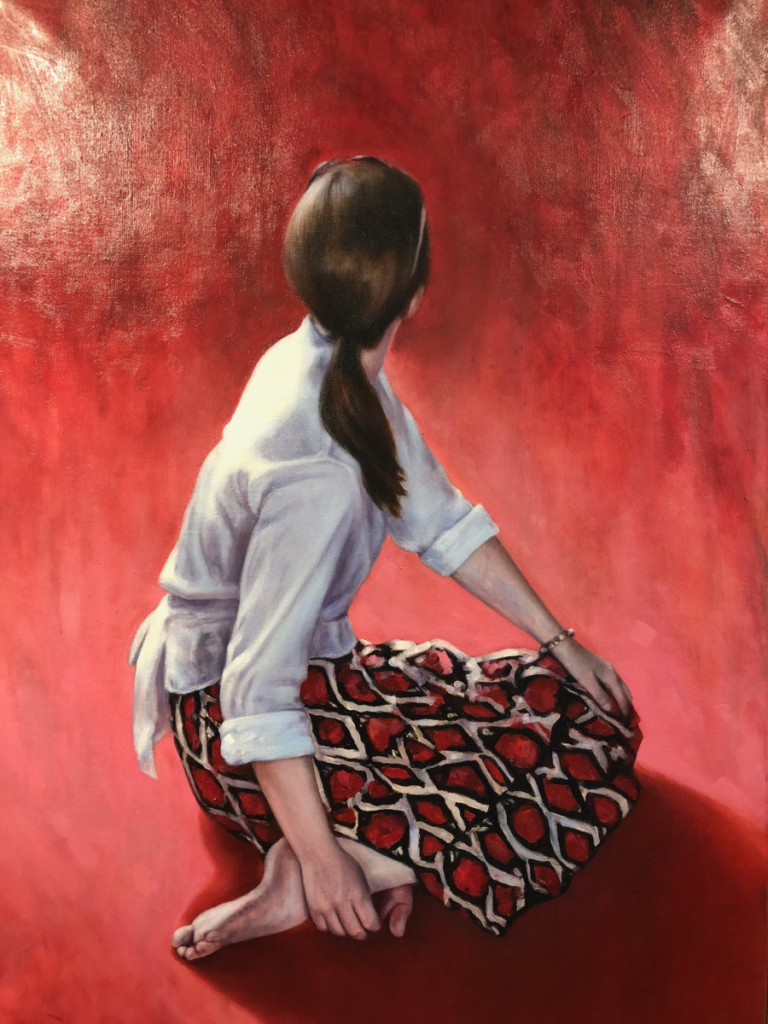
Samantha Reynolds (SR): You have an amazing (and very unique) background of movement between continents. How have these experiences impacted your own identity as well as the concept of belonging to a particular place?
Ignacio Rojas (IR): I think over the years I have learned to dwell with a very fluid sense of identity. I was 22 years old when I moved to Australia, so my cultural roots and perhaps my forming years are from Chile.However, I became an adult in Australia – immersed in a culture that both embraced me and resisted me.
Having to negotiate with a different language and value system, as well as carry the perception of being a foreigner, I quickly became aware that my sense of identity had to be both flexible and ultimately determined by me (even if external labels were put on me). In this sense, my notion of identity is currently at ease in this constant vacillation of belonging and not belonging.
SR: How is this reflected in your mode of creating?
IR: My work has always reflected my émigré experience and just like me it has changed over the years. Moving to the U.S. over a year ago has allowed me to experience being a double immigrant (which I find fascinating) and has influenced the beginning of a new body of work has started to emerge through the deconstruction of the portraits.
SR: In the last few years, you and your wife have welcomed your son, as well as moved to San Francisco. Have these shifts played a role within your work or has it remained more a constant within your life?
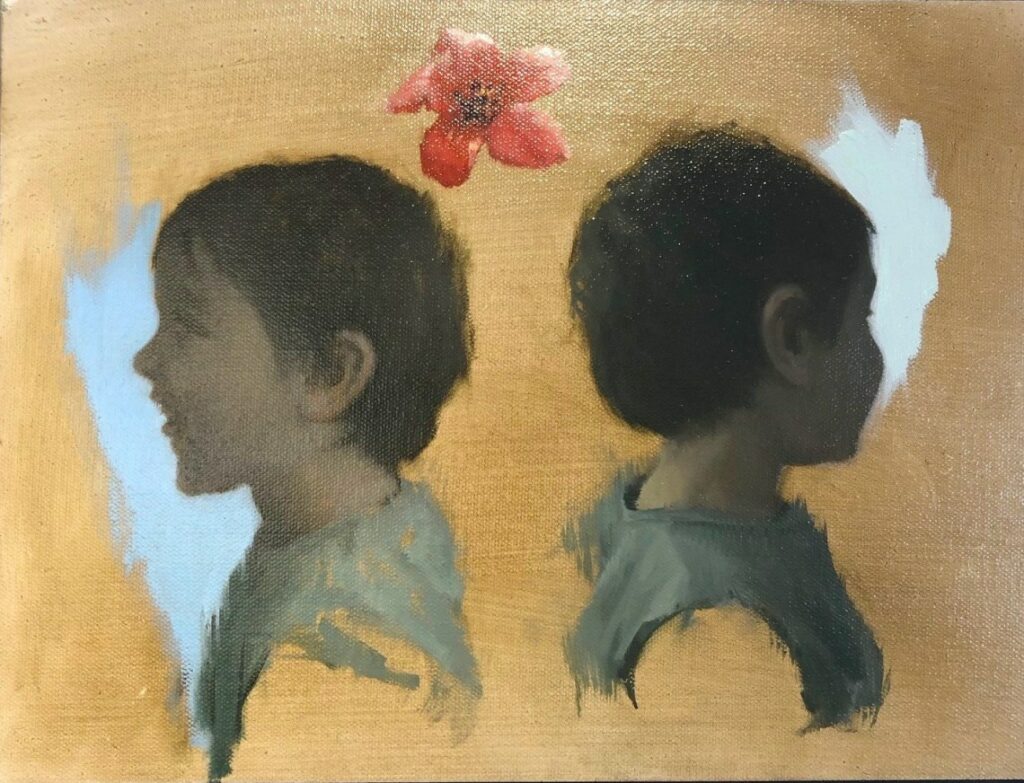
IR: As an artist, educator, student, husband and the many other hats that I wear – becoming a dad has by far been the most influential experience of my life. I now have a much deeper sense of empathy for all parents.
Moving to San Francisco has meant taking a ‘step back’ in my career as educator and even as an artist, but it has also given me the opportunity to take classes with artists who I have admired for years. Although I am producing less work, I have been able to put the time in my studio to strengthen my technique and practice new things that I have learnt from these teachers.
SR: What are some of the techniques you utilize to convey the multifaceted-ness of identity? You mentioned it existing as an entity with many parts that are in flux, but your figures also seem to glow with an inherent specificity.
IR: A few years ago I developed a double portrait technique where the viewer could initially see one portrait, but as they moved backwards another portrait appeared and the second one became less evident.
With these paintings, I was interested in creating a ‘third’ space where the viewers had to negotiate what image they wanted to see, similar to how immigrants have to negotiate their sense of identity.
Currently, I am interested in creating paintings that speak about the fractured sense of self. By that, I don’t mean broken when I say fractured. I am interested in developing a visual language that is both beautiful and simple, and reflects my sense of identity as someone who has a hybrid cultural background and moved to a third country.
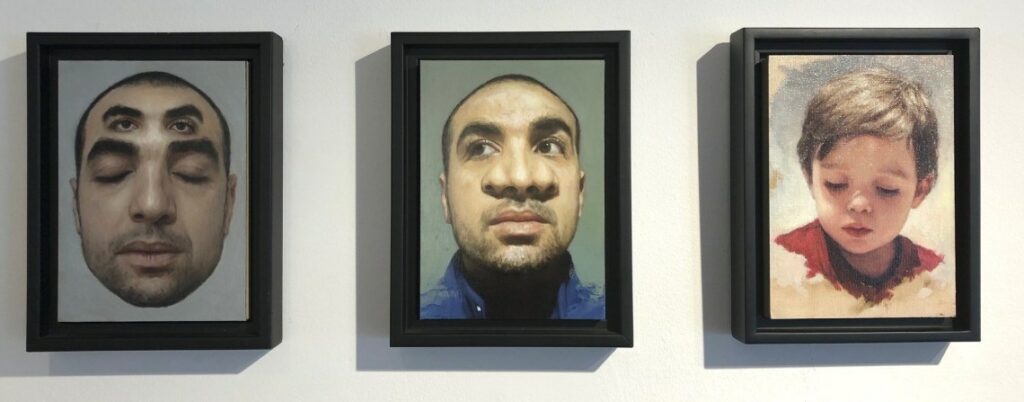
SR: For this installation, you have decided to exhibit a selection of work depicting yourself and your family. The work is intimate and each figure in some ways exists as part of the larger whole. Is this intentional?
IR: The paintings that I selected for this show are some of my personal works that don’t often find their way out from home. Since finishing my undergraduate degree in 2003, I start the beginning of every year with a self-portrait. I see them as part of a larger body of work that registers my ideas for the year ahead. But with the paintings of my wife and son (and our dog too), I see them as exercises of love.
SR: I also love the poetic nature of the exhibition’s title. Does this come from a specific reference?
IR: When we decided to move to San Francisco, we viewed it as a family adventure and were very excited about giving our son the gift of spending his first few years here. Now that we are beginning to think about our return to Australia, I can see how even among the toughness and the challenges in coming to the U.S, we grew so much and most importantly, spend a lot of time together. The family adventure of coming to live in San Francisco is really a song of us as a family.
SR: I am continuously blown away by your mastery of oil paint and your ability to depict the human figure. You mentioned that you are interested in creating “imperfect” figures. Can you elaborate on this desire?
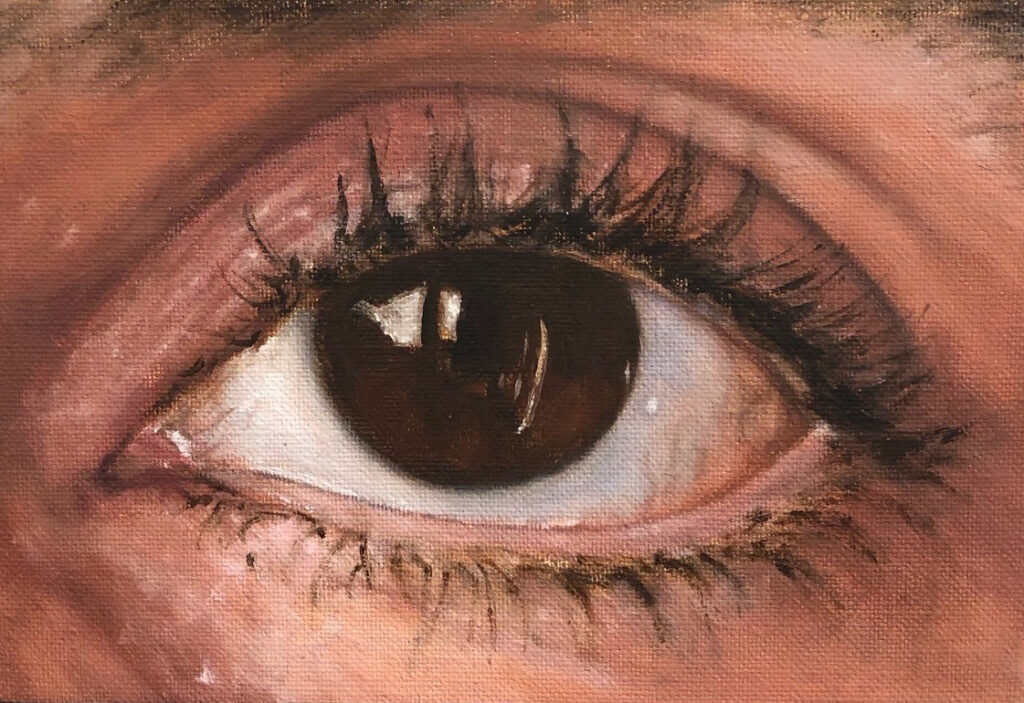
IR: Thank you! I’m in the process of developing my own visual language and what used to be important to me as an art student and then as an art teacher is no longer valid to what I am interested in expressing with my paintings.
I think it is important to learn how to paint correctly, especially as an educator to be able to verbalize and explain the process. But there is always a point when we have to take risks and explore other ways of doing things, so our own voice can find its way out, not only through the final image, but by how that image has been painted.
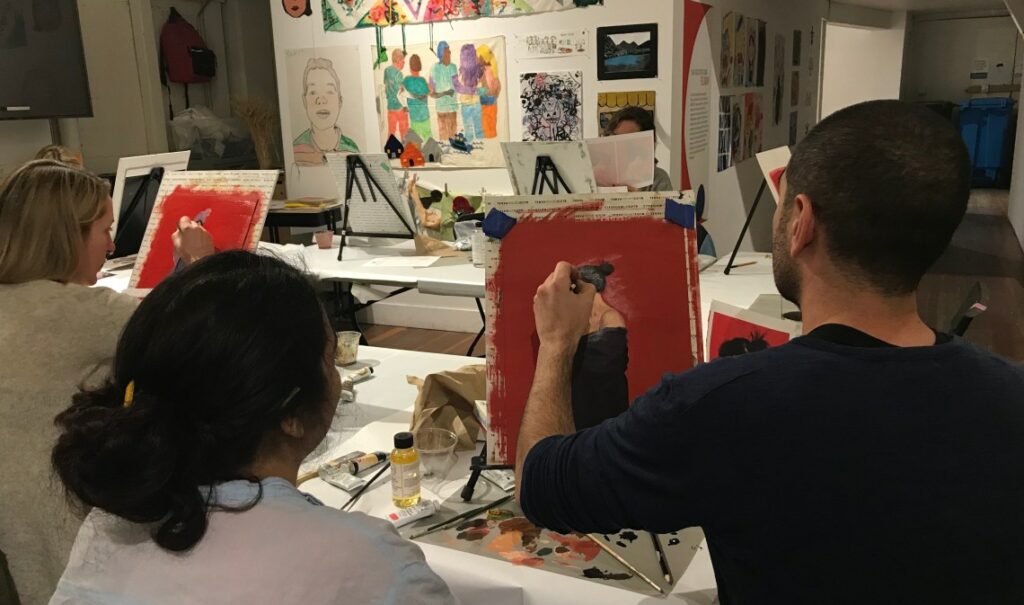
SR: Outside of your individual arts practice, you teach at many organizations throughout San Francisco, including Root Division. What is one of your favorite aspects of teaching? Do your students make an impact on your artwork?
IR: I love teaching for so many reasons. It keeps me fresh with the basics of painting and drawing and I can also try different techniques with students that I might be interested in bringing to my own practice. I love meeting people that are passionate about art and that are doing it to feed their hunger for knowledge. In this sense, I find my students to be very honest with their practices and I enjoy that.
I often ask students to pose for my future classes, so if I am teaching a portrait class at Root Division the images that I use are often of students from Australia and vice versa. I like that link between continents.
